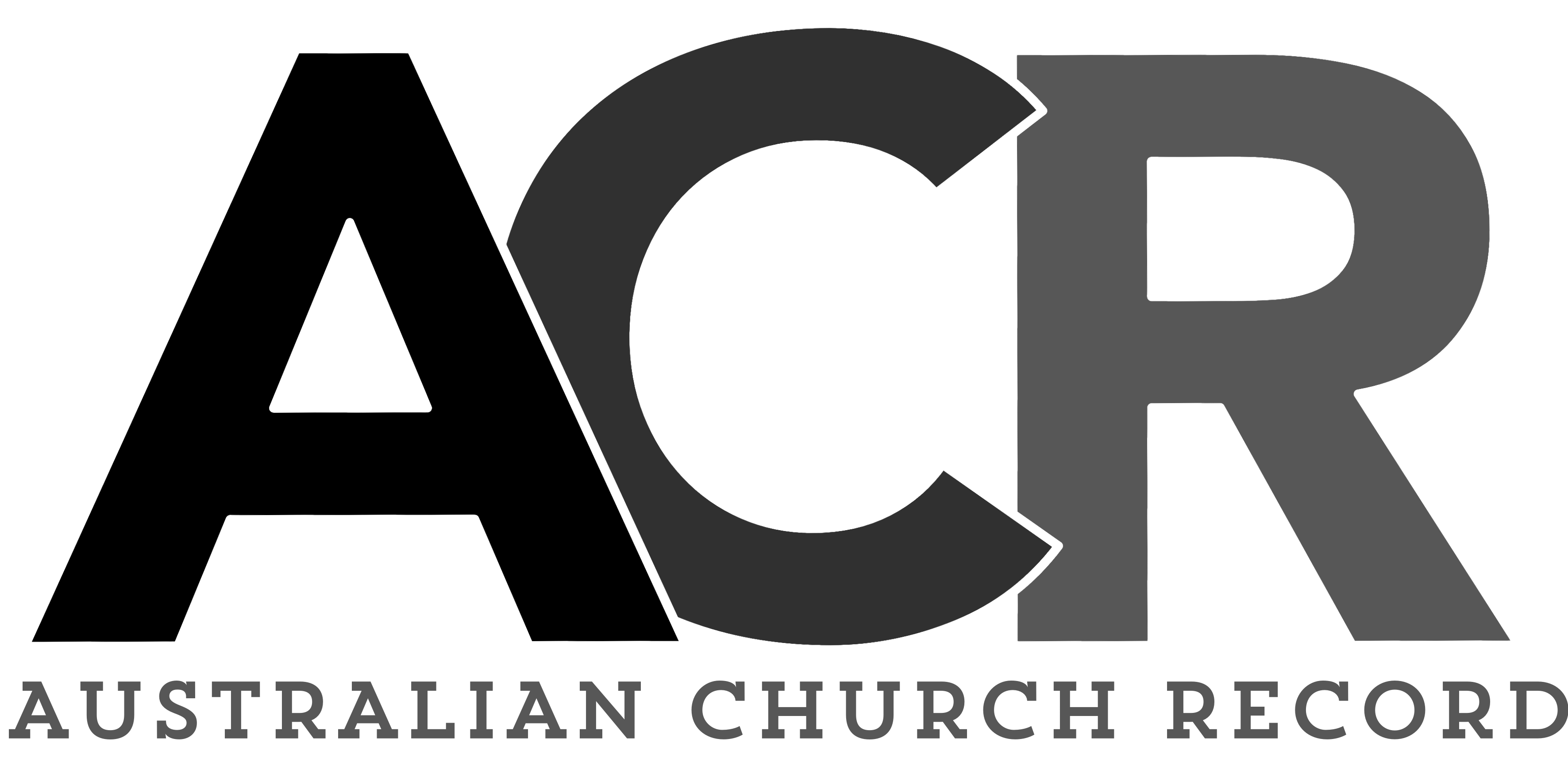After completing his BD at Moore in 2014 and serving as an assistant minister at Minchinbury Anglican Church, Matt Baines and his family moved to Scotland where he is completing a PhD in historical theology at the University of Edinburgh. They attend Edinburgh North Church (ENC), which belongs to a family of Presbyterian congregations along with the Tron Church in Glasgow, and others in Stirling, Dundee and Aberdeen. Here he shares some reflections about how ENC are doing life under lockdown.
Our last face-to-face meeting at ENC was on 15th March. A week later, schools in the UK were closed to all but the children of essential workers, people were encouraged to work from home where possible or were furloughed, and public gatherings including church meetings were banned.
ENC has an average Sunday attendance of around 80 people (45 adults and 35 children) which allows us to do some things that may not be available to larger churches. On Sunday mornings we meet at our regular of time of 10:30am via Zoom. In many respects, it looks like a livestream version of church: we sing, read the Bible and hear a brief explanation of God’s word. From the outset, however, we have been encouraged not to see this online meeting as ‘church’. After all, we continue to be the church even when we don’t meet in a particular place at a particular time on a Sunday. Rather, the emphasis has been on meeting as a family and seeing each other face to face.
This has shaped our online gatherings in two key ways. Firstly, after God’s word has been read and preached, we use the breakout feature in Zoom to meet in small groups. These breakout groups are not pre-set–which in some ways reflects the way that conversations organically arise before and after a regular church meeting over tea and coffee. The breakout groups give us a 10-15 minute window of opportunity to catch up, encourage one another and pray.
The second thing to note is that we’ve made the decision to suspend the administration of the Lord’s Supper for the time being. We do this knowing that we are living in extraordinary times. Although we miss sharing in the meal together, we know that we continue to feed on Jesus spiritually in our hearts, and that we still have regular access to that other, foundational means of grace, God’s word. We also look forward to the day when we will be able to enjoy the Lord’s Supper in each other’s company once again.
At 11:30am, an hour after our online gathering has started, we say the grace together and farewell one another, but primary school aged kids remain behind under the oversight of our kids’ leaders, and enjoy 15 minutes of structured time which usually includes a game, quiz and short Bible talk. Our kids’ leaders circulate activities during the week like arts and craft and colouring sheets, which form the basis for the Bible talk. Naturally, our leadership have worked very hard to ensure the safety of our whole church community but especially our children as we use technology in these new ways.
The real advantage of Zoom over a streamed or pre-recorded service is that we can see each other. Anecdotally, we’ve heard that streamed services can have a high uptake initially but a large proportion of viewers drop out after the first few minutes. Being able to see each other minimises distractions. It’s harder to drift in and out of the room or check your phone when you’re on camera! Zoom has enabled us to keep some of the social norms of a physical gathering. That said, I’ve appreciated the ability to ‘mute’ my microphone when my children start getting restless!
The emphasis on meeting as a family and seeing each other face to face continues throughout the week. Most weekdays and weeknights there is some form of online gathering, whether for a subset of the church community (like women or teenagers) or for anyone who would like to connect. Each of these gatherings is structured around reading the Bible, prayer and sharing. We’ve tried not to be too pedantic about encouraging certain people to attend a specific gathering, because we recognise that everyone’s circumstances are different, and we don’t want to add to the pressure that many are experiencing, particularly those involved in the fight against COVID-19 and the parents of small children.
I’m involved in leading a mid-week gathering for teenagers and I also co-lead an open mid-week gathering. Both have been a real joy. In fact, in some ways it has allowed us to connect with one another and to sympathise with one another in ways that weren’t all that obvious before. Moreover, we’ve been able to connect with people on the fringes of our church, something which I assumed would be very difficult, if not impossible, under the lockdown. Like some other churches, we are already wondering how we might be able to keep some of these avenues of connection open once the lockdown measures start to ease.
Every church is different, and the comparatively small size of our church is probably a key factor, but I am encouraged at the sense of connection we have been able to maintain throughout the lockdown. No doubt this will get harder as the lockdown continues and as the novelty wears off. There is no substitute for meeting in person. But we are thankful for the way that technology has been able to facilitate some connection. Of course, technology is just an instrument. The heart of our gatherings—as ever—is God’s word and prayer.

